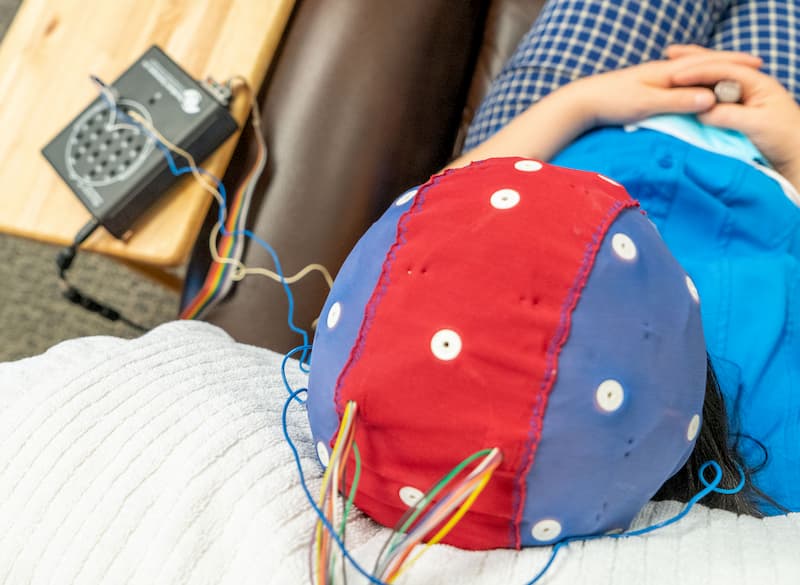


2. Cognitive Enhancement: Engaging with neurofeedback translates to practical improvements. Users often notice better memory retention, longer attention spans, and enhanced analytical thinking, enriching daily life experiences.
3. Mood Regulation: Consistent neurofeedback sessions can potentially stabilize mood. Training the brain to adopt balanced patterns helps counter mood fluctuations, offering solace to those with emotional challenges.
4. Non-Invasive & Safe:: Without the need for surgeries or drugs, Four Channel qEEG-Guided Neurofeedback is a gentle way for proactive brain training, marking its position as a safe intervention.
BUDDHI CLINIC PRIVATE LIMITED © 2023 All rights reserved